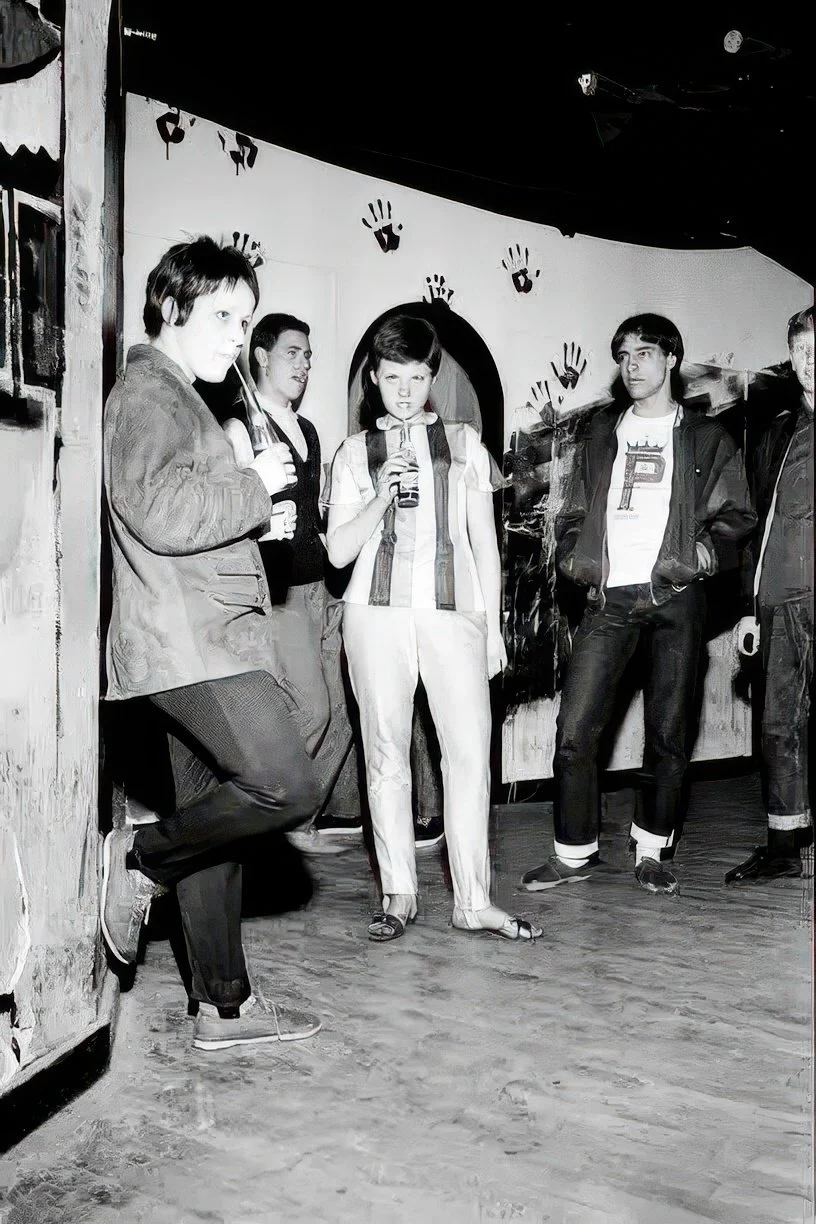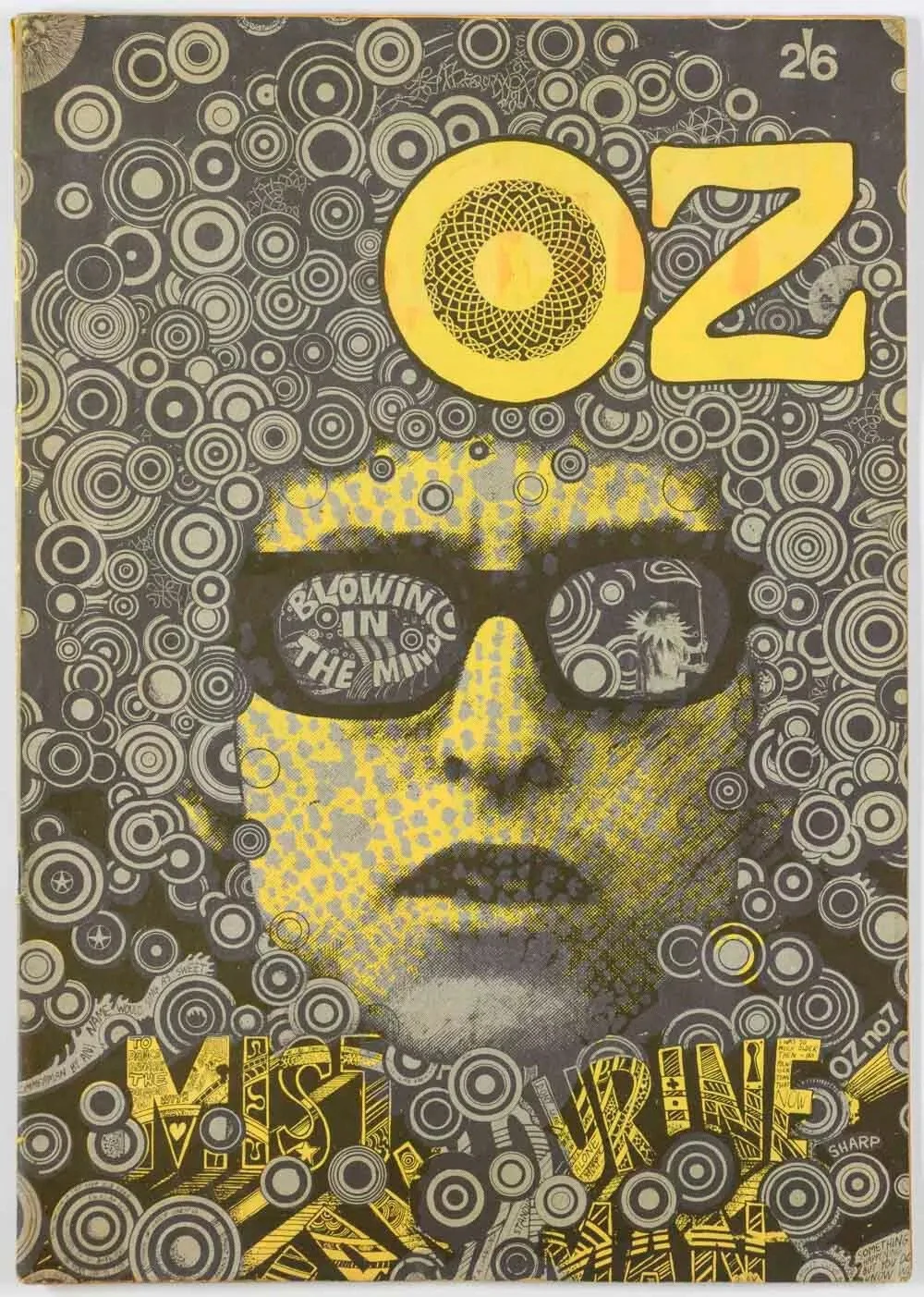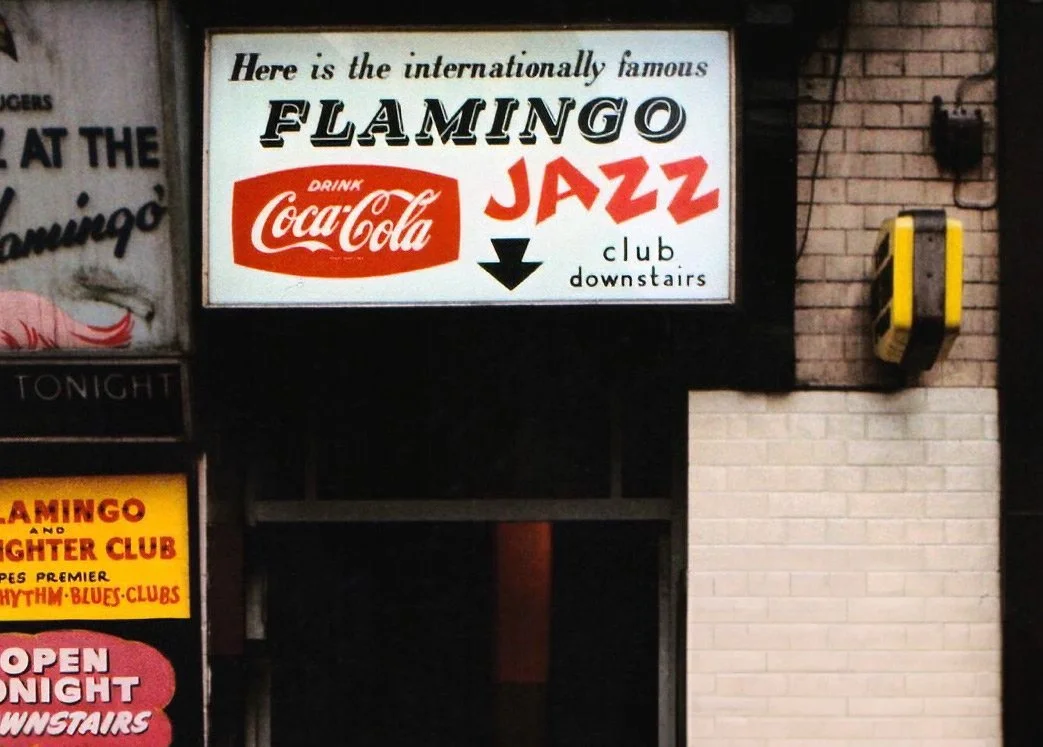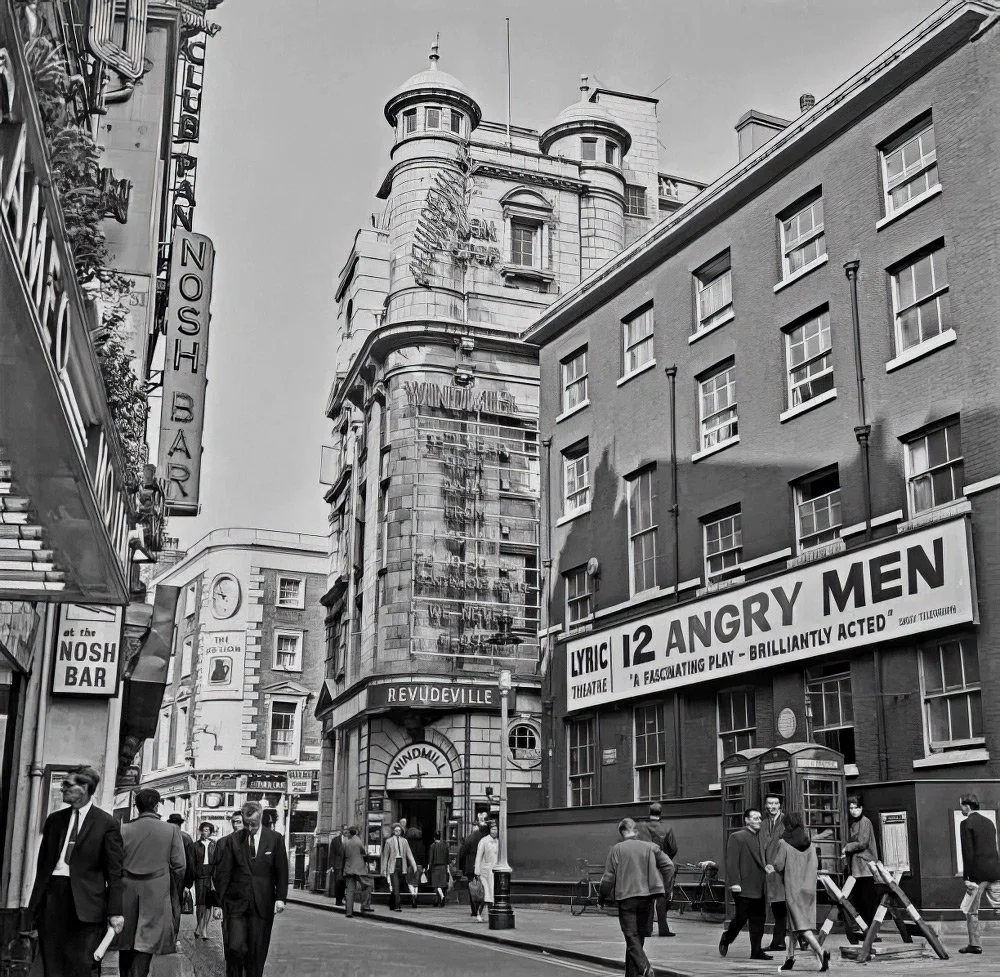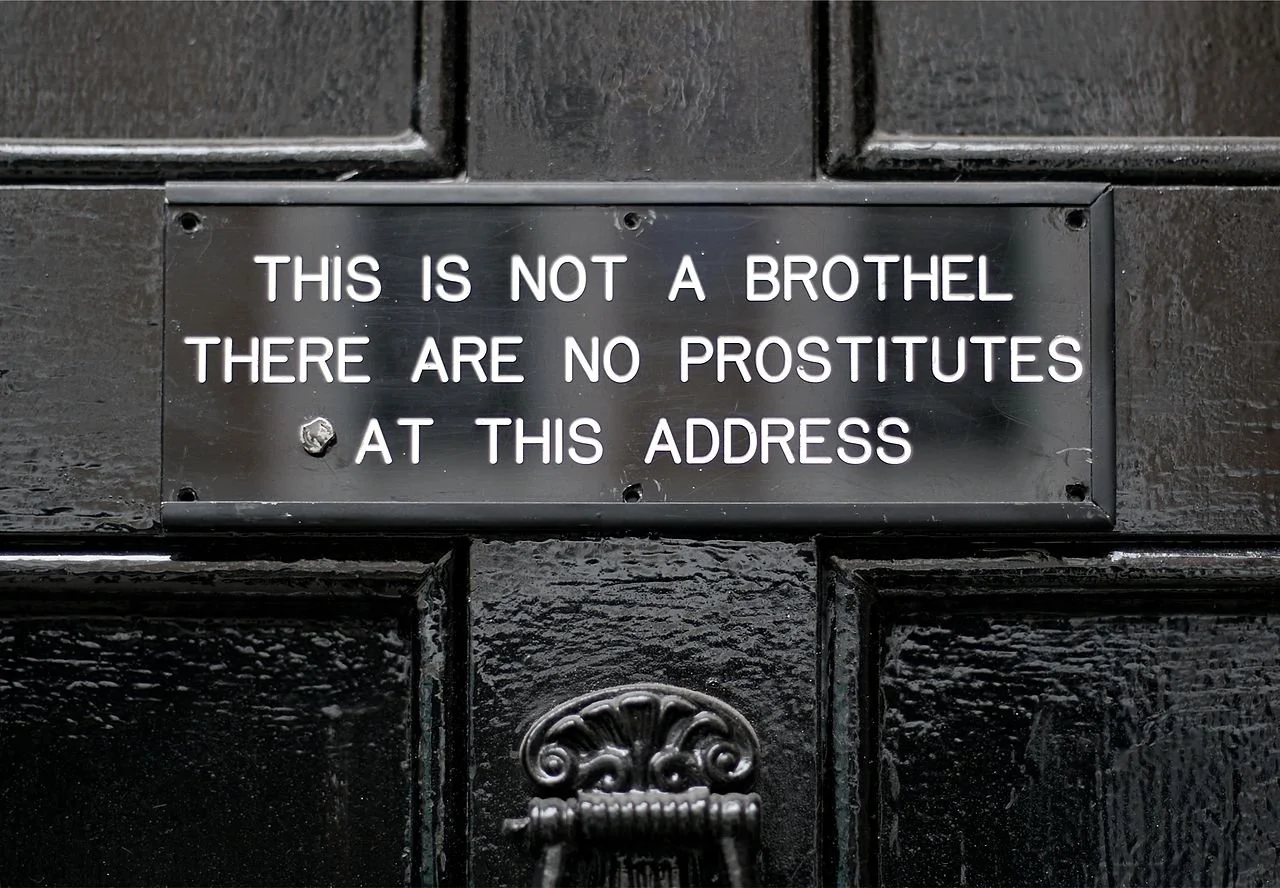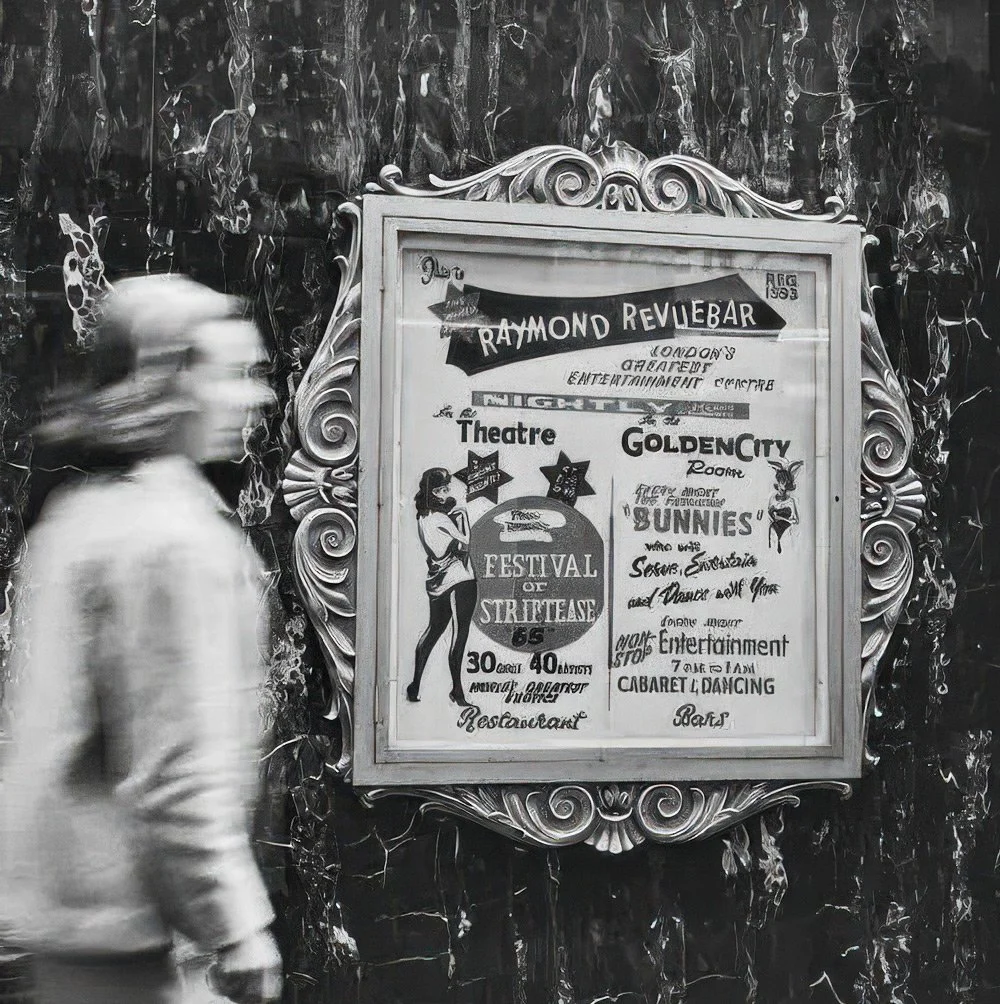1960s Soho
Carnaby Street at the height of the Swinging Sixties
Part 2: 1960s Soho
We’ve been playing a role in providing residential and commercial maintainence services in Soho and the west end of London for the past 20 years. We’ve also seen quite a few changes over the decades.
Whilst maintaining and developing properties in Soho we are constantly being reminded of the rich heritage within the area by uncovering the past, including occasionally finding atifacts hidden in the fabric of buildings. Naturally we find this facinating, it has become such a rewarding part of our working day.
So much so, we thought we would illustrate some snapshots of Soho’s rich cultural history in occasional articles. Following Part 1: 1950s Soho we naturally follow this with an overview of the 1960s.
Soho in the Swinging Sixties: A 1960s London Adventure
Soho in the 1960s was a whirlwind of counterculture, creativity, and a touch of notoriety. Nestled amidst the bustle of central London, as today this small location pulsated with a life unlike any other. Here's a glimpse into Soho's vibrant tapestry during this iconic decade.
Carnaby Street, Soho In the 1960s
A Crucible of Cool - Music, Fashion, and Youth Culture
Music Mecca
Soho became the epicentre of London's exploding music scene. Legendary clubs like The Scene Club (formerly The Piccadilly Club) off Great Windmill Street just behind Piccadilly Circus had been adopted by the Mods from 1963. The Marquee Club on Wardour Street witnessed the first gig of The Rolling Stones on 12th July 1962 and early gigs from The Who, and Jimi Hendrix as well as many now-famous acts, such as Manfred Mann, The Spencer Davis Group, Rod Stewart, Eric Clapton & The Yardbirds and The Moody Blues.
In late 1966 it staged the Sunday afternoon 'Spontaneous Underground happenings' that featured the latest in 'psychedelic rock' music, including a young band called Pink Floyd, led by Syd Barrett.
Trident Studios, a recording haven tucked away in St. Anne's Court hosted The Beatles in 1968 when they recorded their single 'Hey Jude' here on 31st July. John Lennon and Yoko Ono would later returned with the Plastic Ono Band to record 'Cold Turkey' with Eric Clapton on lead guitar.
Some other artists that recorded at Trident Studios include: The Bee Gees, Carly Simon, Frank Zappa, Genesis, James Taylor, Joe Cocker, Kiss, Lou Reed, Peter Gabriel, Queen, The Rolling Stones, Thin Lizzy, Tina Turner, T-Rex, Yes and John Entwistle.
The Scene Club, Ham Yard off Great Windmill Street
Mod Revolution
Soho was a breeding ground for the Mod movement. Young, stylish individuals flocked to Carnaby Street, just outside Soho's borders, to find the latest fashions in boutiques bursting with bold geometric prints, mini-skirts, and sharply tailored suits. Coffee bars like the 2i's on Old Compton Street became hubs for Mods, fuelling their all-night adventures with coffee and conversation.
Underground Press
Soho wasn't just about music and fashion. Independent publishers thrived here, churning out revolutionary magazines like "Private Eye" and "Oz," challenging social norms and pushing the boundaries of free speech.
An edition of Oz Magazine published in the 1960s
A Night to Remember: Soho's After Dark Allure
Neon Dreams
Soho's nightlife was a kaleidoscope of experiences. Jazz aficionados flocked to Ronnie Scott's to witness Sonny Rollins in his prime with Soho local Stan Tracey’s trio to Jimi Hendrix’s last performance, while the Flamingo Club on Wardour Street catered to the rock and roll crowd, a meeting place for famous musicians, including members of The Beatles, The Rolling Stones, Jimi Hendrix and many more.
The entrance to The Flamingo Jazz Club, Wardour Street, Soho
For a touch of theatricality, the Windmill Theatre offered continuous live Revudeville performances, a novelty that kept its doors open through the night, hence the theatre's famous motto from the war years "We Never Closed". The shows ran from until 1964 following that year the Windmill Cinema launched with the opening film Nude Las Vegas.
The Windmill Theatre, located in a bustling Great Windmill Street during the 1960s
Soho wasn't all glitz and glamour. Prostitution and gambling dens existed alongside the vibrant scene. Some streets, particularly at night, could feel unsafe, adding an element of danger to the allure.
Sign at 7, Meard Street as doorways on the street were often used by scammers to trick punters out of money
Literary Haunts and Artistic Enclaves
Writers' Refuge
Soho had a long history as a haven for writers. The French Pub, for instance, was a popular haunt for literary giants like Dylan Thomas and Francis Bacon. Cafes like Foyles on Charing Cross Road were havens for bookworms, offering endless shelves to explore.
Artistic Crossroads:
Soho wasn't just for writers and musicians. Visual artists found studios and galleries here, adding another layer to the creative tapestry. Independent cinemas like the Everyman screened arthouse films, further enriching the cultural landscape.
The renowned Raymond Revue Bar
A Changing Landscape: Challenges and Transformations
The Price of Fame
Soho's popularity wasn't without its downsides. As the decade wore on, rising rents pushed out some of the independent shops and cafes, leading to a gradual commercialisation of the area.
The Legacy of Soho
Despite the changes, Soho's spirit of rebellion and creativity endured. The music scene continued to evolve, with punk rock emerging in the late 1970s. Soho remained a haven for free expression, paving the way for future generations of artists, musicians, and dreamers.
At FoxSoho we would like to think we are doing our bit maintaining the fabric of this fasinating, unique part of central London.
To discuss any requirements you may have regarding office refurbishment or any other maintenance projects local to Soho please Contact Us for more information.



